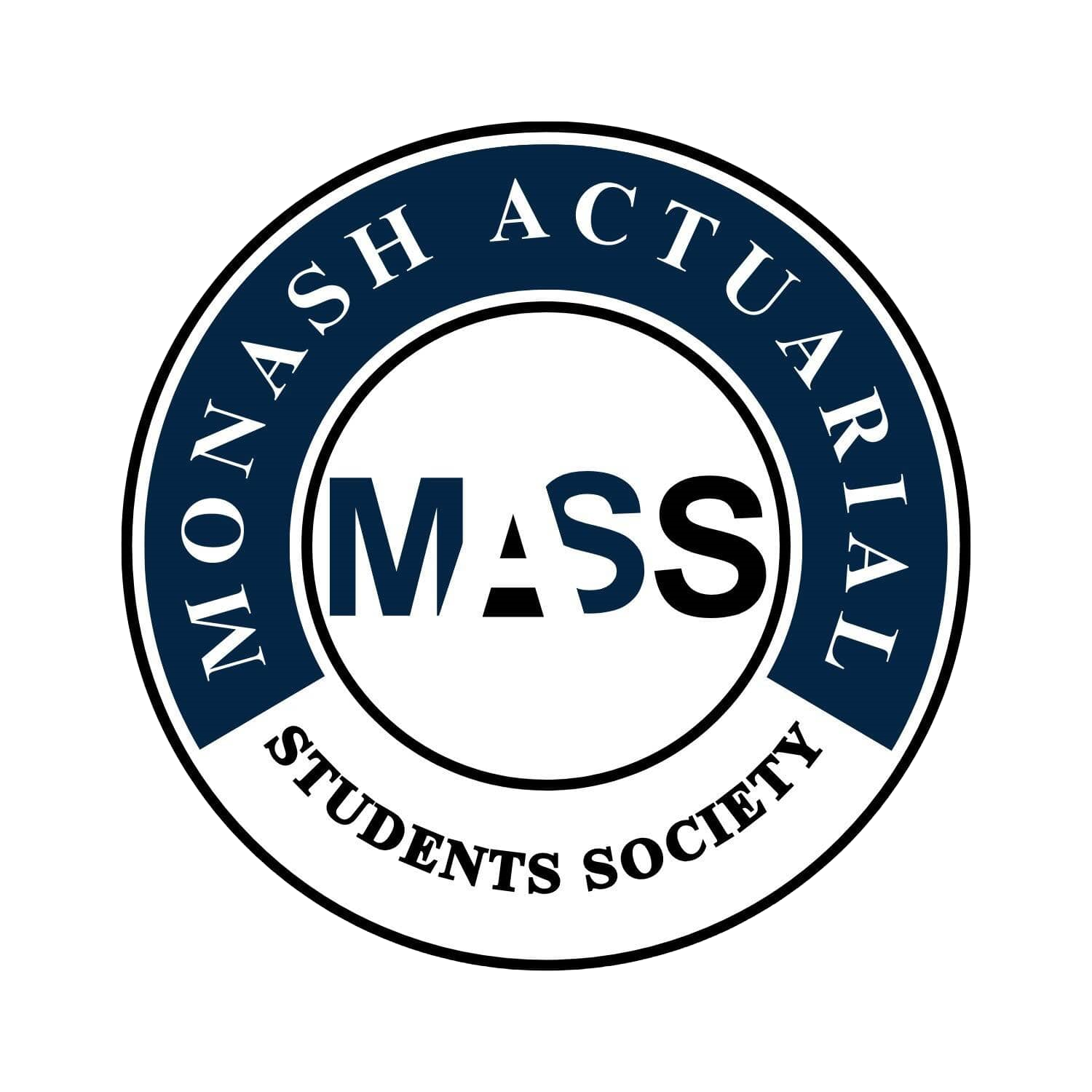ETC3430 / ETC5343 Financial Mathematics Under Uncertainty
Difficulty:
Year Completed: Semester 1, 2021
Prerequisite: ETC2430
Exemption:
CS2 Risk Modelling and Survival Analysis
ETC2420 (10%), ETC3420 (20%), ETC3430 (50%), ETC3550 (20%)
Weighted average of 70% required. Minimum of 60% required for each unit.
Mean Setu Score: 68.6%
Clarity of Learning Outcomes: 69.6%
Clarity of Assessments: 68.4%
Feedback: 64.6%
Resources: 65.2%
Engagement: 79.4%
Satisfaction: 63.8%
Subject Content:
Lecture(s) and Tutorial(s):
Textbook(s):
Assessments:
This unit covered Stochastic Process, Markov Chains, Markov
Jump process, Holding times of Markov Processes, Life Tables,
MLE, Mortality Projection (Lee-Carter Model), Lifetime
Distribution Function, Exposure to Risk, Mortality Graduation.
1 x 2 hour lecture
1 x 1.5 hour tutorial
N/A
2 x Assignments 10% each
10 x Short Online Quizzes 2% each
Final Exam 60%
Comments
The unit was quite challenging as it can be quite theoretical and
conceptual at the start. This can sometimes lead to confusion as
the first half of the unit builds upon the first two weeks and
becomes more challenging as weeks go on. Due to the heavy
emphasis on the theoretical work at the start of the unit, it can be
difficult to see how it is relevant, however, the second half the
unit shows how the content is applied and shows more real world
application of the content. Therefore, the second half of the
semester was relatively easier and straightforward than the first
half.
The lectures were taught well despite the challenging nature of
the content in the first half. Expectations were made clear that
proofs were not required and instead a focus on mathematical
intuition were required. This allowed for the pressure on learning
the fundamental maths to be decreased and instead an intuitive
understanding of the content was taught which allowed the
content to be more achievable.
The tutorials were quite helpful as the tutors would provide
worked solutions to all (time permitting) questions for that week.
It was a good opportunity to clarify with the tutor why each step
was done and to get an understanding of the mechanics of each
question. In saying this, there was an option to view a recorded
tutorial, which meant that skipping a tutorial was not that big of a
deal, however, if there was not a recorded alternative, tutorials
were extremely helpful.
The weekly quizzes were quite straight forward, with a lot of the
questions being simple enough to get the answers from the
lecture slides. These quizzes allowed for a good basic review of
the week's content. The two assignments were quite lenient in the
marking. The first assignment combined pure mathematical
questions and questions which required more discussion and
intuition. The second assignment was based on the Lee-Carter
model and provided students with an opportunity to delve deeper
into understanding the model and marking was generous to those
who understood the complexity and intricacies of the model.
There is a lot of content in this unit and it requires an ongoing
effort and a large effort come exam time. Despite being difficult,
with enough effort the exam is quite achievable and high marks
can be attained.
Overall, the unit requires a lot of work early on and leading up the
exam. The complex nature of the first half requires significant
effort to ensure one understands the concepts in depth enough to
apply it to the more real world content in the second half of the
semester.
General Overview:
Lectures:
Tutorials:
Assessments/Other Assessments
Exams
Concluding Remarks

